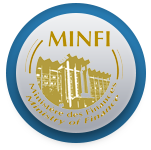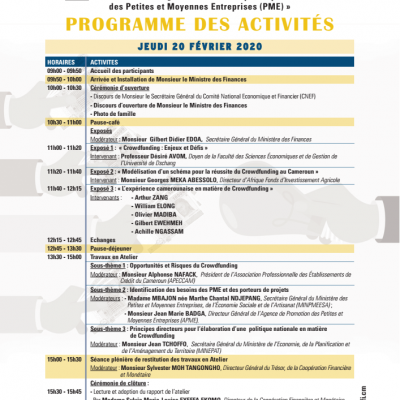I. What is crowdfunding?
Crowdfunding is an English term that literally means “financing by the crowd”.
Better known in French as participatory financing, Crowd funding, is a financing mechanism that permits to collect the funds needed to carry out projects from Internet users, through dedicated platforms offering visibility to the various projects of companies, individuals, associations and local authorities.
II. What is the interest of participatory financing?
Crowdfunding is a lever through which the general public can support financially and collectively an idea or a project that seduces it.
The financing of President Barack Obama’s election campaign in 2008 is the most famous example. Indeed, hundreds of thousands of people gave an average of $ 80 on the internet to bring this African American to the helm of the United States of America, for a total of 150 million dollars collected.
More generally, there is no adequate funding offer for many projects. Some sectors of the economy, in particular social enterprises, and the cultural and creative sector find few solutions adapted to their needs, in particular because of their social objectives, because they depend on intangible assets, or because of the fact that the market demand is very uncertain. Crowd funding allows them to directly mobilize funds from contributors, especially during the early stages of project implementation.
From the point of view of the contributors, this new form of financing makes it possible to choose directly where to invest the money, and creates a feeling of belonging to the project. In addition, contributors can establish more direct contact with entrepreneurs, which can in turn promote entrepreneurship. Finally, contributors often form a community that supports the project they finance, or brings in non-financial resources (skills, commercial networks, etc.).
- Typology
There are three main types of crowd funding:
– donation with or without consideration: the internet user provides financial support for the project without any compensation;
– the remunerated or unremunerated loan: the internet user gives a loan with or without interest to an individual or an organisation (without going through a bank);
– Capital investment (crowd equity): The fundraising is in the form of subscription of ordinary shares or bonds.
III. Panorama of the practice of crowdfunding in the world
According to Cambridge University’s Cambridge Centre for Alternative Finance (CCAF) statistics, the global crowd funding market is dominated by China and the United States, with $ 357.28 and $ 42.77 billion respectively mobilized in these countries in 2017.
In total, $ 416.67 billion was raised during the year in the 30 most advanced countries in terms of crowd funding, against $ 288.99 billion in 2016, representing an increase of 69.36% year-over-year. .
Indeed, crowd funding is a fast growing alternative mode of financing. Experts estimate that the funds raised through the crowd funding platform will reach $ 1000 billion in 2000, and that the volumes collected on the African market will be close to $ 2.50 billion in 2025.
In fact, Africa currently accounts for only 0.1% of global activity. South Africa, Egypt and Nigeria dominate the continental market. Cameroon only appears in the 18th position.
According to the data compiled by the kiva.org website up to the end of September 2017, 4421 projects were financed through crowd funding in Cameroon, for a total amount of CFAF 1.1 billion representing only 0.74% of the funds raised on the continent. / –


